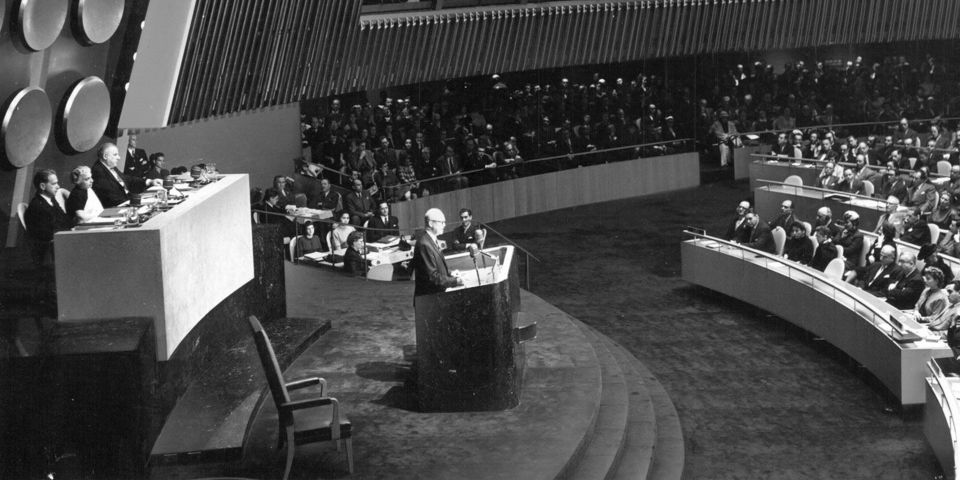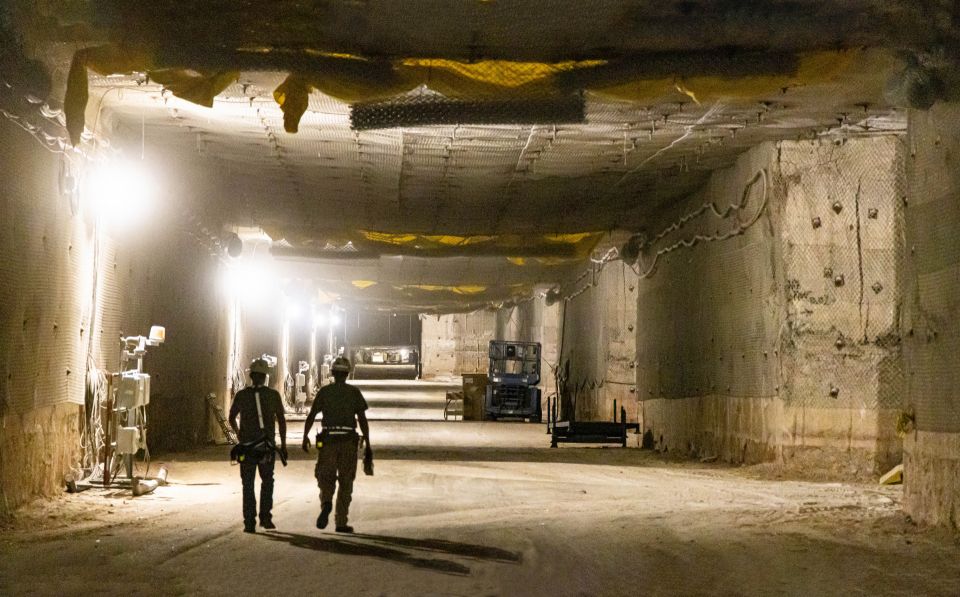The emerging artists of the nuclear renaissance
By Suzanne Hobbs
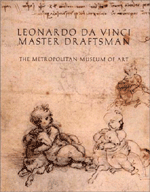 The Renaissance (Italian: Rinascimento; French: Renaissance, from ri- "again" and nascere "be born") is a cultural movement that spanned roughly from the 14th century to the 17th century, beginning in Florence, Italy, in the late Middle Ages and later spreading to the rest of Europe. As a cultural movement, it encompassed a resurgence of learning based on classical sources, the development of linear perspective in painting, and gradual but widespread educational reform. Although the Renaissance saw revolutions in many intellectual pursuits, as well as social and political upheaval, it is perhaps best known for its artistic developments and the contributions of such polymaths as Leonard daVinci and Michelangelo, who inspired the term Renaissance man.
The Renaissance (Italian: Rinascimento; French: Renaissance, from ri- "again" and nascere "be born") is a cultural movement that spanned roughly from the 14th century to the 17th century, beginning in Florence, Italy, in the late Middle Ages and later spreading to the rest of Europe. As a cultural movement, it encompassed a resurgence of learning based on classical sources, the development of linear perspective in painting, and gradual but widespread educational reform. Although the Renaissance saw revolutions in many intellectual pursuits, as well as social and political upheaval, it is perhaps best known for its artistic developments and the contributions of such polymaths as Leonard daVinci and Michelangelo, who inspired the term Renaissance man.
During the Renaissance, art and science were not seen as separate fields of thought, but rather interconnecting tools for understanding the natural world. In studies like anatomy and architecture, the lines between art and science disappeared almost completely. Many of the artists of the Renaissance were essentially engineers, coming up with new inventions and using their broad skill base to implement their designs. The emergence of the polymath-an individual who is highly knowledgeable in multiple fields-is evidence that true innovation is born from the convergence of multiple perspectives.
In today's culture, it sometimes seems that artists and engineers could not be more different. This doesn't mean that we can't share our perspectives and work together toward a common goal. Engineers are doing an excellent job in coming up with innovative new reactor technologies and solutions to responsible waste management, which will help provide clean, reliable energy for more and more people over time.
Unfortunately, many nuclear technologies are gravely misunderstood, or are largely missing from the pubic dialogue about energy in the United States. Even if an average citizen truly wants to find information about nuclear energy, it can be difficult to locate appropriate resources. The information that is available to the public usually falls into one of three categories: (1) it is too technical for the average person to interpret, (2) it is a good resource, but is being distributed only to people who are already in the know, (3) it is intentionally meant to mislead the person into fearing nuclear energy.
Bridging the gap between nuclear science and the public
In the historical Renaissance, artists played an integral role in popularizing science through the creation of paintings and sculptures that used linear perspective and accurate human anatomy. Today, we have several up-and-coming polymaths who are following in the footsteps of the Renaissance masters in providing contemporary arts-based resources for bridging the gap between nuclear science and the public. Their media are not paintbrushes and chisels, but rather computers and cameras. I'd like to introduce some of the artists who are bringing creative efforts to the table, in the shared effort to ignite the nuclear renaissance in the United States.
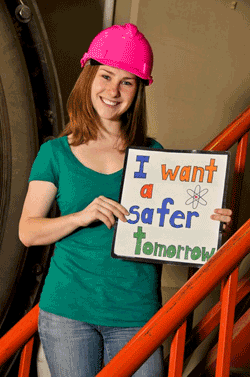
Kaplan
First, Jason Correia, an experienced Web developer and photographer, has been working behind the scene on several popular pro-nuclear blogs. He has also been creating original photography for PopAtomic's "Face of the Nuclear Renaissance" art exhibit. His work is directly focused on changing the negative stereotypes associated with the nuclear industry, and as you can see from this portrait of Alexis Kaplan, nuclear engineering student at the University of California-Berkeley, he is doing a great job.
Jason also has a knack for comparative energy imagery like this mockup of the quantity of wind turbines it would take to generate the same amount of energy as a single nuclear reactor.
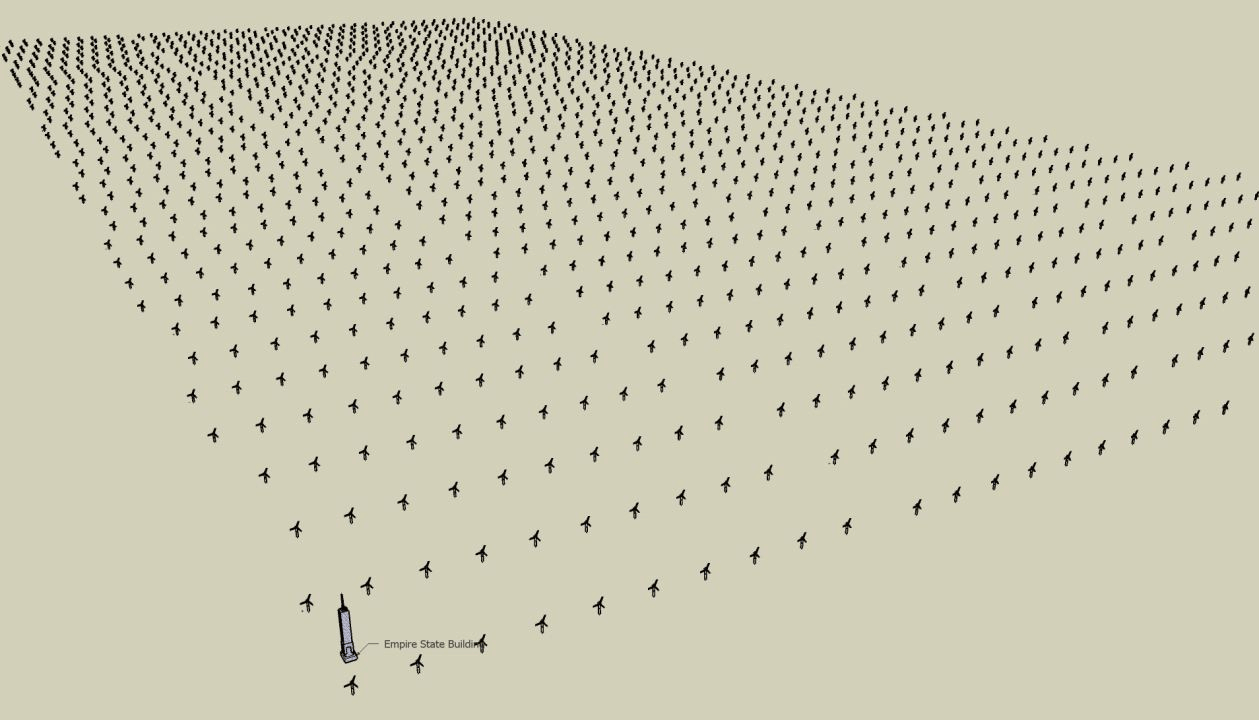
Click to Enlarge
Next up we have Tim Denton, who became interested in making artwork regarding nuclear energy while working in security at Nuclear Fuel Services. His ability to understand and visually communicate complex information in simple ways is unparalleled. He has amassed an impressive portfolio of three-dimensional videos that are used for training within the industry as well as outreach to the public. His work really speaks for itself. You can check out his full portfolio.
[wpvideo fFBcPp6O]
Finally, there is Raymond Wallman, who is in the process of concluding his full-length documentary film "Shoreham."
"The movie touches on several very relevant themes," said Wallman. "The first is the safety and efficiency of nuclear power. At a time when many politicians and advocacy groups are campaigning for the shutdown of many presently operating nuclear power plants, people need to know that nuclear is the only source of non-greenhouse gas-emitting energy that can properly satisfy future demand. The second and equally important theme of the film is scientific literacy in the news media. What was partially responsible for the shutdown of the Shoreham plant was a journalistic establishment that was ignorant of what constitutes reliable scientific information. Through the spread of sensationalistic misinformation, journalists were able to turn public opinion against the operation of the Shoreham, who in turn pressured politicians to close the plant."
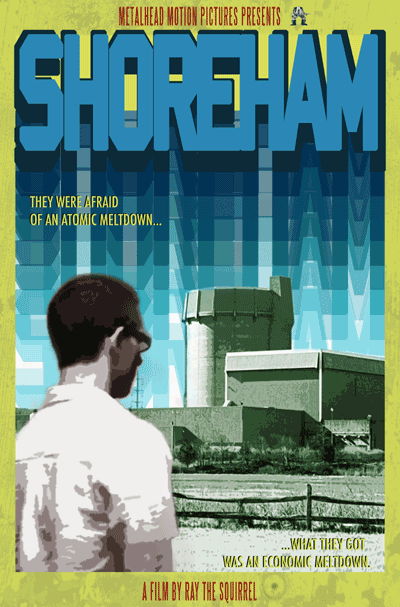
Woodman's Web site has more information on the film.
Each of these artists has independently come to the conclusion that nuclear energy is the best solution to our energy problems, and is finding creative ways to share critical information with the public. They also have an in-depth understanding of the unique barriers facing the nuclear renaissance in the United States. We know that video, film, Web design, and photography have all been successfully used to scare people into opposing nuclear energy. We can also use these powerful tools to communicate accurate information, by appealing to the public with meaningful artwork.
For me, the historical Renaissance represents a time when artists were known as skilled, educated individuals who were treated with veneration and respect. These artists highlighted in this post are deserving of the same level of respect and support in their endeavors. Please take the time to learn about their work, and take note of some of the great resources they are providing to the nuclear industry.

Hobbs
Suzanne Hobbs is creative director and contributing artist at PopAtomic Studios. She was born in Tokyo, Japan, and raised in Atlanta, Ga., by her nuclear engineer father and social worker mother, along with an older brother who is now an accomplished chemist. Her interest in art, science, and humanitarian issues started very young, fueled by frequent family travel and a sharp focus on education and community involvement. She attended Appalachian State University to study Fine Arts and since graduating has worked with several public arts organizations, always with the goal of using art to create positive change. She is a frequent contributor to the ANS Nuclear Cafe.


